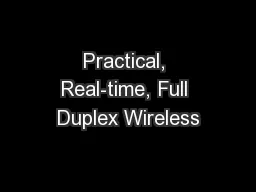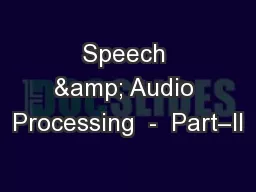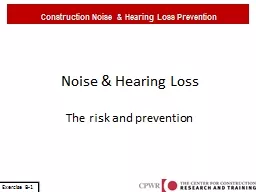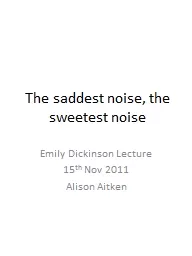PPT-Noise Cancellation Device
Author : yoshiko-marsland | Published Date : 2018-10-30
Peter Gordon Zach Rohde Aman Sanghera Andrew Taylor and Tanner Brunhoeber Critical Design Review Project Objectives and Purpose The primary purpose for this project
Presentation Embed Code
Download Presentation
Download Presentation The PPT/PDF document "Noise Cancellation Device" is the property of its rightful owner. Permission is granted to download and print the materials on this website for personal, non-commercial use only, and to display it on your personal computer provided you do not modify the materials and that you retain all copyright notices contained in the materials. By downloading content from our website, you accept the terms of this agreement.
Noise Cancellation Device: Transcript
Download Rules Of Document
"Noise Cancellation Device"The content belongs to its owner. You may download and print it for personal use, without modification, and keep all copyright notices. By downloading, you agree to these terms.
Related Documents














